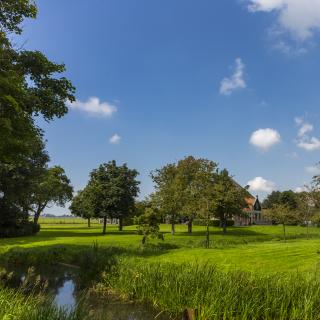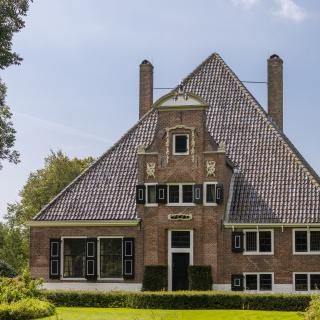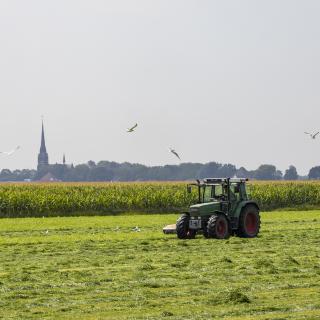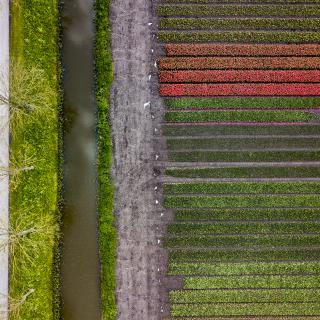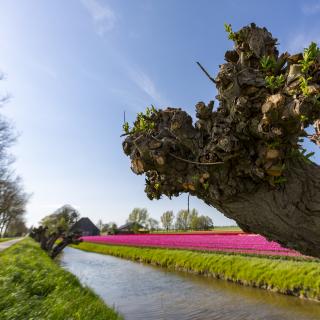
Beemster Polder
The Beemster Polder, dating from the early 17th century, is an exceptional example of reclaimed land in the Netherlands. This 17th century polder was created to tame the dangerous inland waters of De Beemster and turn them into fertile and profitable agricultural land. Around this wild lake was built a solid dyke 42 kilometres long, and a canal dug was around it. Subsequently, 43 windmills started pumping the water from the lake. By 1612, De Beemster was dry and the creation of the polder could begin. Roads were constructed, ditches dug beside roads and between plots, and farms built. All of this took place in accordance with an orderly and rigid geometric template. De Beemster owes its fame to this rational subdivision and configuration. The Beemster Polder has been a World Heritage site since 1999.
